#tropical fruits
Text
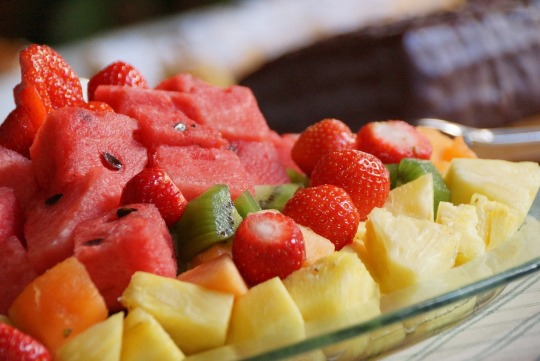
#upl#fresh#tropical#tropical aesthetic#food#fruit#tropical fruits#watermelon#watermelons#strawberry#strawberries#kiwi#kiwis#pineapple#pineapples
47 notes
·
View notes
Text
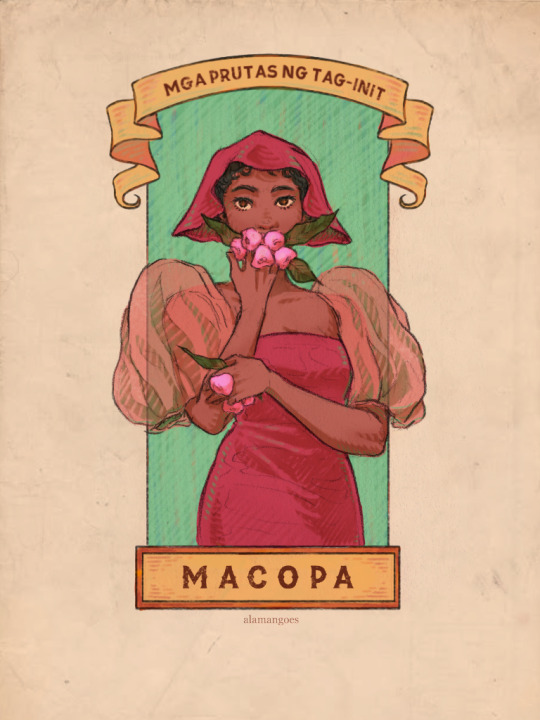

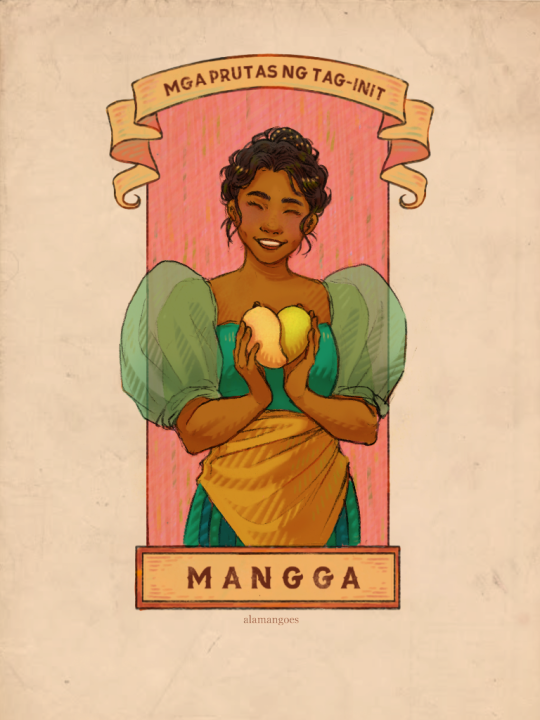

mga prutas ng tag-init
twitter
[Image description: Four drawings on cream-colored backgrounds, each containing a frame. The label above reads "Mga prutas ng tag-init (summer fruits)" while the labels below are the fruit being depicted. Each frame has a woman holding a different fruit found in the Philippines.
1: A woman with dark skin, wearing a deep pink bandana and dress. Her sleeves are sheer pink and bell-shaped, mimicking the shape of the macopa fruit. She has one arm held up, covering the lower part of her face with bright pink macopa fruits and leaves.
2: A woman with tan skin and wavy black hair facing the right. She wears a white terno with large sleeves, and a plaid skirt that matches the colors of sinigwelas. She is holding a branch covered in red, yellow, and green sinigwelas on one hand, and biting into one of the fruits held in her other hand.
3: A grinning woman with dark skin and curly hair in a bun. She wears a deep green dress, with sheer balintawak sleeves, and a yellow tapis wrapped around her waist. She holds up a yellow and a green mango to her chest form a heart shape.
4: A pale woman with wavy, waist-length hair, wearing a pale violet saya and a deep violet skirt. She is holding a bunch of duhat fruits, wiping duhat juice off her lips, which drips off her chin and stains her saya with red. /end ID]
179 notes
·
View notes
Text

4 notes
·
View notes
Text
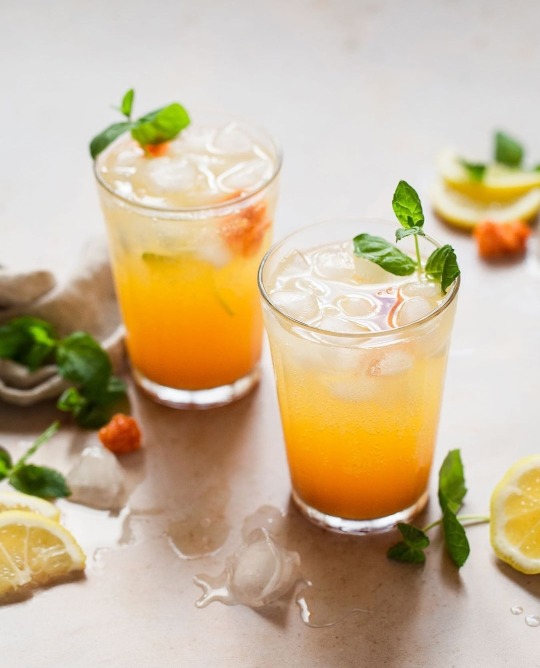
#healthy#fruits#vegan#fitness#fit#sport#vegetables#fitblr#workout#health#drink#fruitbowl#frozen fruit#fruit bowl#they’re fruity#fruitydiaz#tropical fruits#passion fruit#maracuja#ananas#pine apple#eating healthy#healthy food#healthy eating#healthy living#raw vegan#vegan cooking
76 notes
·
View notes
Text

Hawaiian Noni (Morinda citrifolia)
26 notes
·
View notes
Text

Connie R. Quirino "Summer Fruits Bountiful" 2001 acrylic on canvas
53 notes
·
View notes
Photo


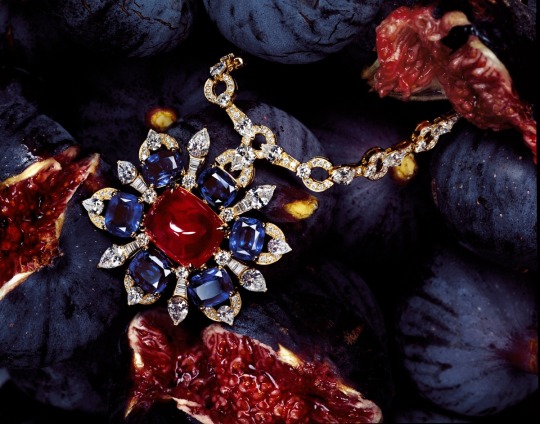
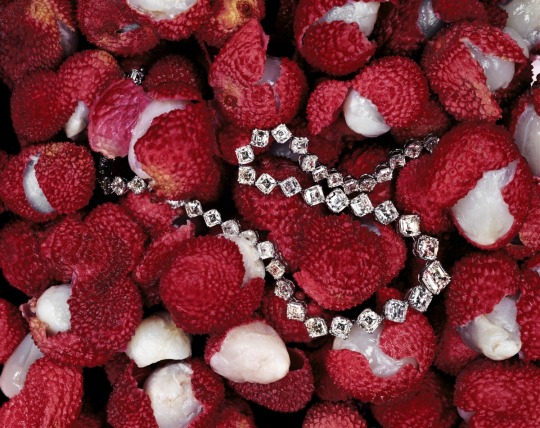


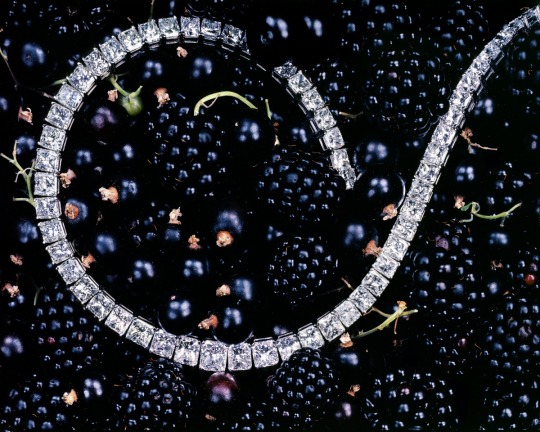
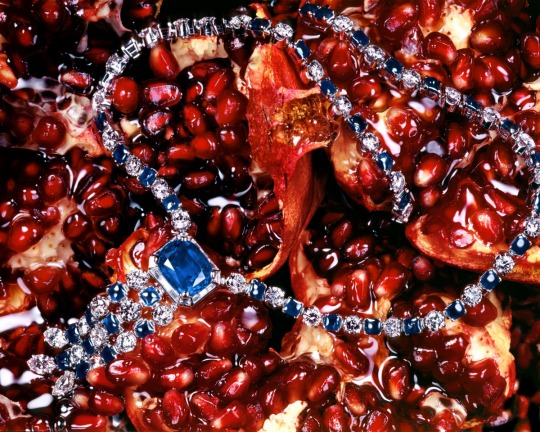
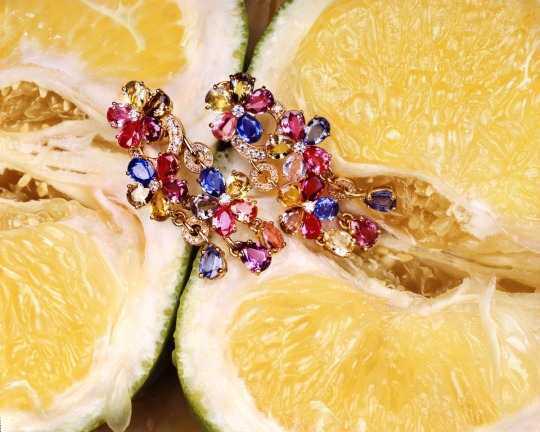

Bulgari
Artwork by Guido Mocafico
Bulgari, London 2010, 40 pages, 22 x 34,5 cm
euro 120,00
email if you want to buy [email protected]
Bvlgari's jewels are not just jewellery, they are fine artistic creations. In this glossy photobook, published on the occasion of the 125th anniversary of the foundation of the maison, renowned contemporary photographer Guido Mocafico interprets some of the most beautiful creations through a series of vivid still lifes, immersing the jewellery amongst tropical fruits.
Le creazioni più spettacolari della maison di alta gioielleria sono state mescolate ai frutti più colorati e gustosi e immortalate dall’obiettivo di un grande fotografo
Bulgari è un brand di altissima gioielleria da sempre in grado di far sognare con le sue splendide creazioni dense di fascino, preziosità, design originale e grande capacità artigianale. I gioielli firmati Bulgari non sono dei semplici gioielli, sono delle creazioni artistiche di grandissimo impatto estetico. Per questo, nell’ambito del 125esimo anniversario dalla fondazione della maison, il fotografo Guido Mocafico è stato chiamato da Bulgari ad interpretare alcune delle più belle creazioni dando vita a degli scatti a dir poco spettacolari. Colpisce l’estetica estremamente lussuosa e raffinata di queste immagini creata dal semplice abbinamento dei gioielli a dei frutti… Spettacolari, proprio come le creazioni Bulgari.
orders to: [email protected]
twitter: @fashionbooksmi
flickr: fashionbooksmilano
instagram: fashionbooksmilano
tumblr: fashionbooksmilano
12/02/23
#Bulgari#jewels#125th anniversary#Guido Mocafico#tropical fruits#gioielleria#gioielli e frutta#photography books#jewelry books#fashionbooksmilano
17 notes
·
View notes
Photo
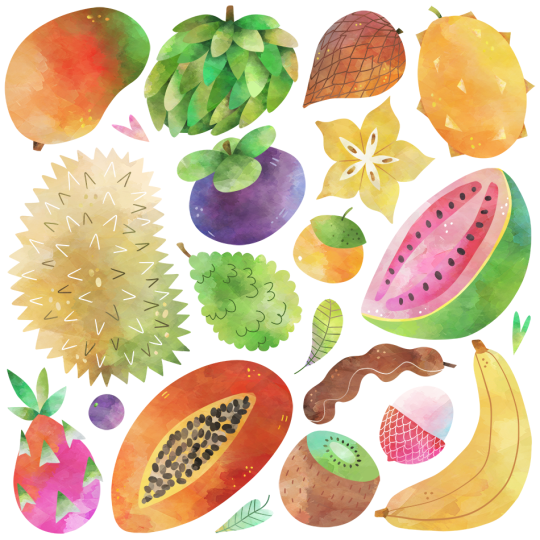
This tropical fruit series I recently tweaked the colors on. I’m quite happy with it now :)
12 notes
·
View notes
Text




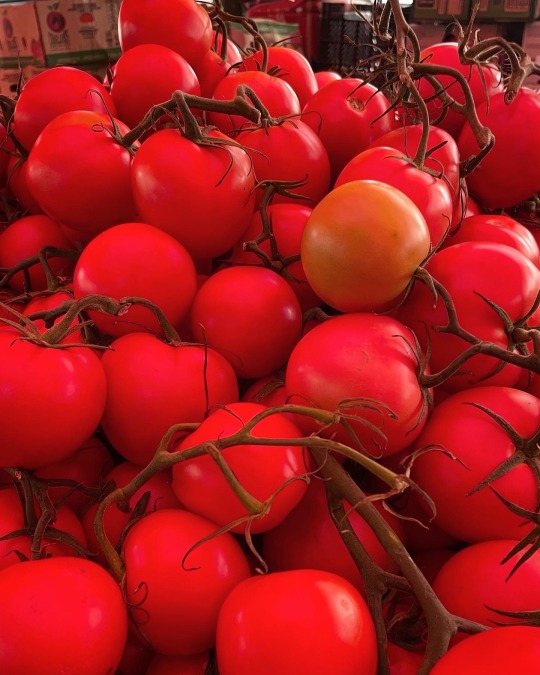

#mexico#street market#tianguis#tropical fruits#rambutan#pitahaya#papaya#tomatoes#dragon fruit#pomegranate
31 notes
·
View notes
Text
The Tropical Fruit Pavilion at Fairchild Botanic Gardens, Miami. June plums, Jack fruit, Bread fruit, Mangosteens, Cacao, and rare Mango varieties. Would be good to do this in Oz!




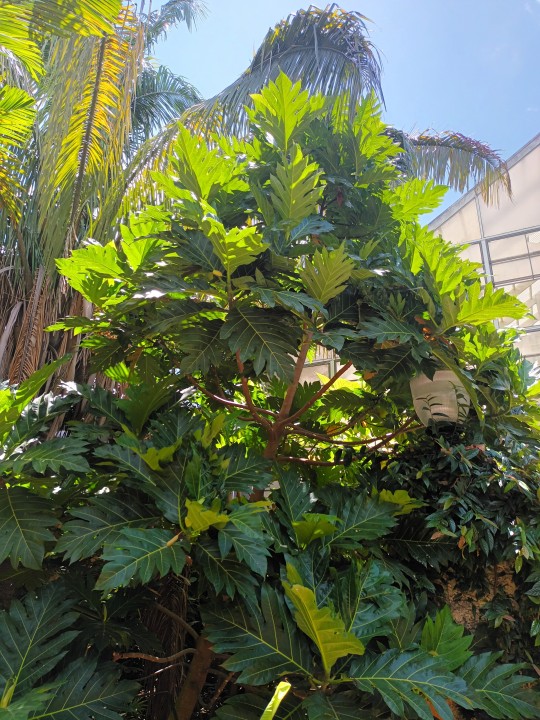
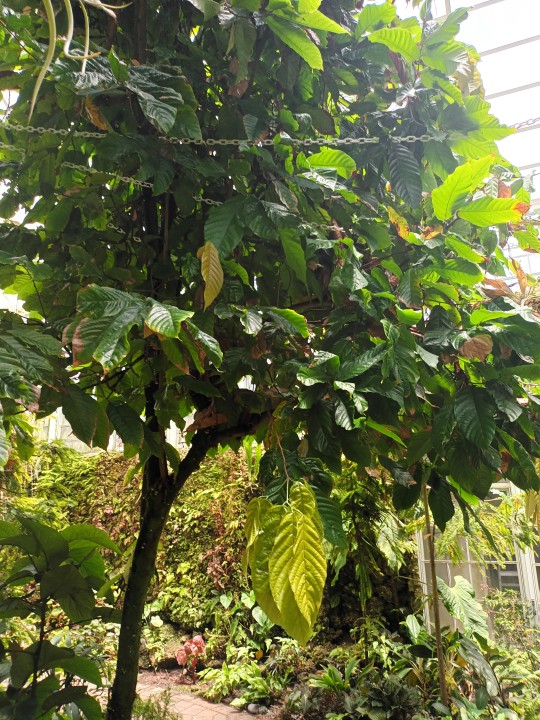

#fruit trees#tropicana#tropical fruits#botanical#botanical garden#gardening#food forest#food security#agroforestry
23 notes
·
View notes
Photo

#upl#tropical#tropical aesthetic#tropical fruits#pineapple#pineapples#summer#summer aesthetic#summercore#travel#travel aesthetic#fruit#fruits
272 notes
·
View notes
Text
Tropical fruits, foliages, and insect.



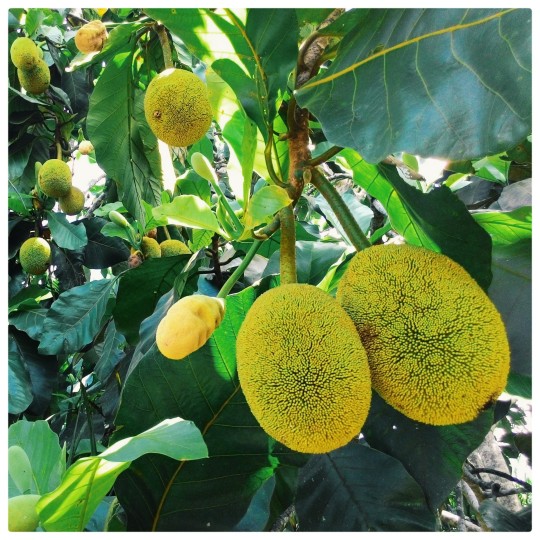
#photography#tropical fruits#tropical insect#insect#macro shot#bug#leaves#foliages#jungles#rural#remote#countryside#orchard#Malaysia#Sarawak#vegetables#borneo
12 notes
·
View notes
Text

“You are what you eat” be healthy and vibrant. Thank you Fruit Hunters Co or FruitHintersCo on IG for sending me this beautiful arrangement of tropical fruits for me to photograph. Check them out.
CineTraits on IG
#photography#beautiful photos#i sell photos#photographers on tumblr#the photographers society#photographerslife#tropical fruits#fruit hunters co
4 notes
·
View notes
Text
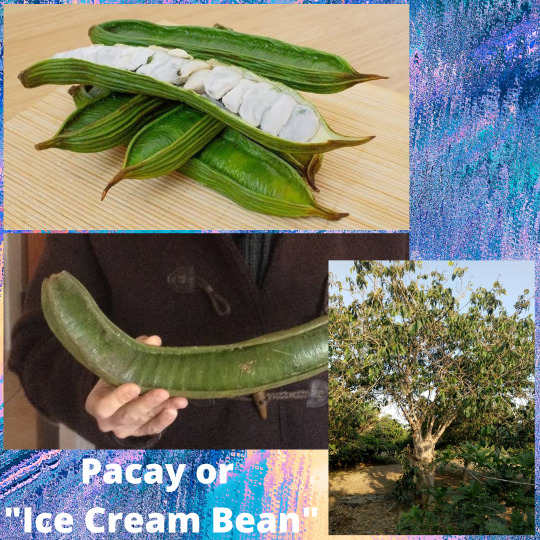
Meet the Ice Cream Bean (Inga edulis), courtesy of my Peruvian friend Esi who sent these photos from his relative’s tree orchard near Lima, Peru. The Ice Cream Bean is also known as the joaquiniquil, cuaniquil, guama, or guaba and is native to the warmer regions of Peru, Colombia, Brazil, Venezuela, and Colombia. This tree is related to mimosa trees and belongs to the Fabaceae plant family, which includes all the “pea and bean” type plants. The tree produces 1 meter long beans that contain large black seeds encased in fluffy white pulp. This pulp, botanically the “aril” of the fruit, is said to have a texture like damp cotton and taste like mild creamy vanilla. It is a popular snack in South America and is generally eaten raw since the delicate tissue does not store well. The seeds can be roasted and eaten as well, and are said to taste like chickpeas.
The Ice Cream Bean has another important role in tropical agriculture in South America as a “shade crop”. In plantations of cocoa, coffee, tea, and vanilla orchids, this species is planted alongside the main cash crop to provide shade to mimic the economically important plants’ forest floor habitat. Since this species is a legume, it has special symbiotic bacteria called “rhizobia” in its root system. With help from these bacteria, the tree “fixes” nitrogen from the atmosphere and transfers the important nutrient into the soil in the chemical form of ammonia. This action reduces the need for fertilisers in these tropical plantations. Additionally, the trees’ root system helps prevent erosion in tropical regions with heavy rains. Inga edulis does not go to waste even if it is not the main crop, as it is widely used for firewood and farm animal fodder.
Although it’s nearly impossible to find outside its native range, I would love to sample the Ice Cream Bean one day - maybe when I finally make it over to Peru!
#peru#peruvian food#tropical fruits#exotic fruit#katia plant scientist#plant science#plant biology#ice cream dessert#vanilla#cool beans#enormous#green beans#fabaceae#botany#plants#plant scientist#plantcore#plant photography#garden#tropics#agriculture#sustainable agriculture#trees and forests#treecore#south america#weird nature#south american nature
10 notes
·
View notes
Text

Chewy Macadamia Nut, Pineapple, Banana, and Coconut Granola Bars
#homemade granola bars#homemade granola#granola bars#granola#pineapple#coconut#coconut oil#macadamia nut#banana#bananas#tropical fruits#gluten free#gluten free foods#glutenfree#no bake#vegan option#recipe#recipes#homemade#food#food photography#foodie#food blog#snacks#snack#snack recipes#breakfast#breakfast recipes#summer recipes#summer
13 notes
·
View notes
Photo
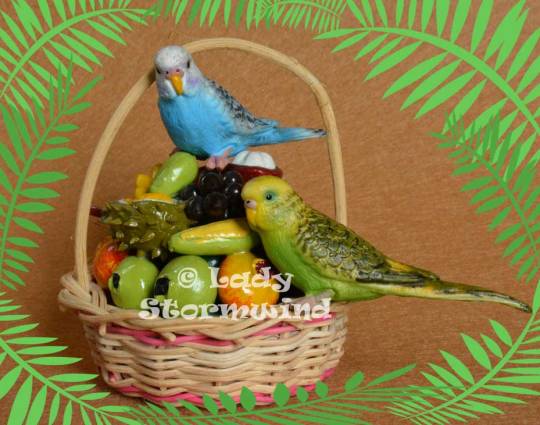
Parrot day
Parrots by Schleich
Handmade miniature basket
#Schleich#Parrot#parrot day#toys#toy#animals#animal#miniatures#tropical#tropical fruits#Summer#animal toys
7 notes
·
View notes